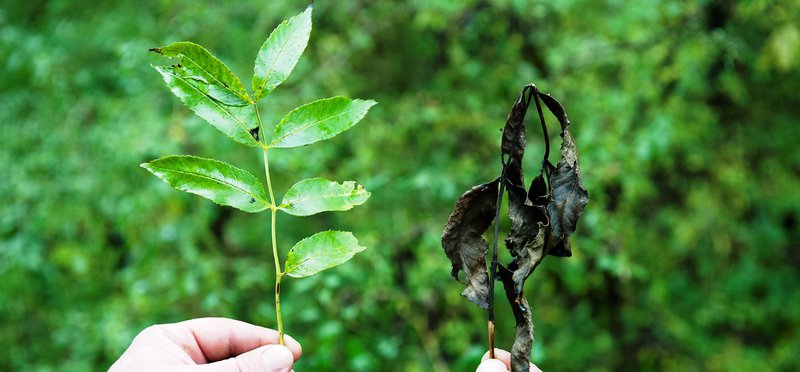
Disease in plants and trees can be heartbreaking for the avid horticulturalist.
It’s important to know the signs and take action quickly. Ash dieback is caused by a fungus called Hymenoscyphus Fraxineus which infects the leaves and can spread to the twigs, branches and the trunk. It is commonly identified by a blackening and wilting of leaves and shoots, even in the warm summer months between July and September.
This fungus causes leaves to shed prematurely, dark patches to spread along the trunk between branches and, in serious cases, these affected areas can stop water and nutrients travelling up the trunk from the roots causing the Ash to die. Often the patches remain small and will dry out over time. It is not known why some Ash trees are more susceptible to the infection nor why some recover more quickly than others.
Unfortunately, there is no cure for Ash dieback and therefore it is necessary to constantly monitor any affected trees. Assessing the extent of the infection and the response of the Ash tree will allow you to make a judgment call on whether felling is required. Often this can be the only course of action to reduce the risk of the infection spreading to other trees or to stop a dead tree becoming a hazard.
It is important to remember that some Ash trees may be protected under the Tree Protection Order, you can learn more about the TPO here. Be sure to check with your local planning authority before any work is carried out
Get your FREE QUOTE today to find out how we can help you.
